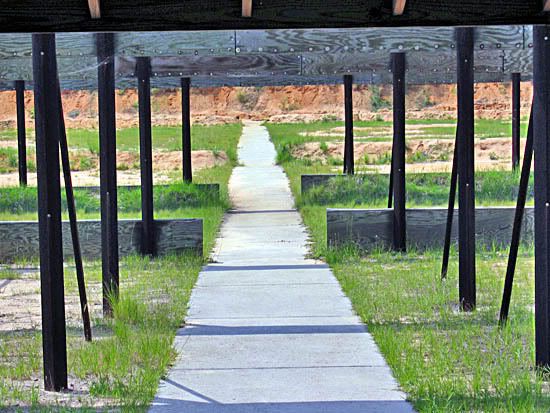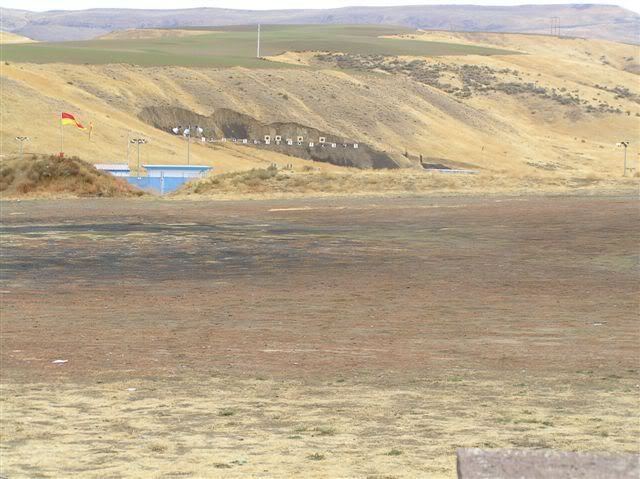Asa,
I have shot at Tri-County for many years as it is my home club. As for your assessment of "whiners", there is no question that the large vertical columns have a serious effect on the wind, as they encourage it to swirl around. If you are so lucky as to draw a bench that is next to the column, you will have one hell of a time trying to figure the wind out. You can watch your flags and the flags adjacent, and you will see a big difference in what they show. While the baffles are a necessary additive in today's shooting world, they provide another variable to shooting good groups. The "whiners" truly have something to whine about.........the playing field is no longer even as a result of the baffles. I believe the competitor that draws a bench away from the columns has a big advantage.
Anyone care to add their opinion on this issue? I'd be interested to hear others experiences.
I have shot at Tri-County for many years as it is my home club. As for your assessment of "whiners", there is no question that the large vertical columns have a serious effect on the wind, as they encourage it to swirl around. If you are so lucky as to draw a bench that is next to the column, you will have one hell of a time trying to figure the wind out. You can watch your flags and the flags adjacent, and you will see a big difference in what they show. While the baffles are a necessary additive in today's shooting world, they provide another variable to shooting good groups. The "whiners" truly have something to whine about.........the playing field is no longer even as a result of the baffles. I believe the competitor that draws a bench away from the columns has a big advantage.
Anyone care to add their opinion on this issue? I'd be interested to hear others experiences.








